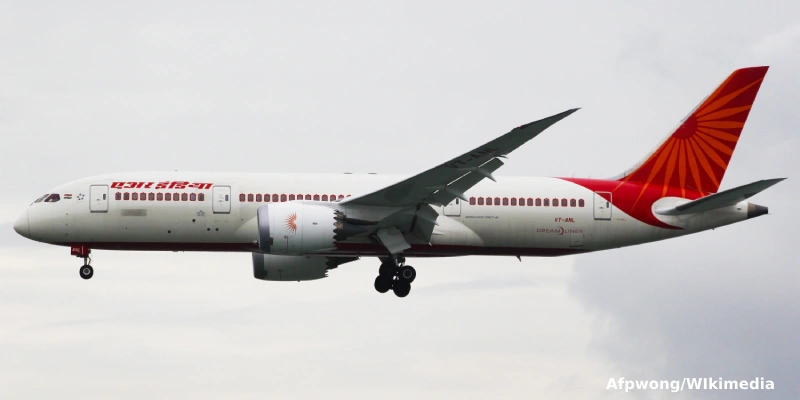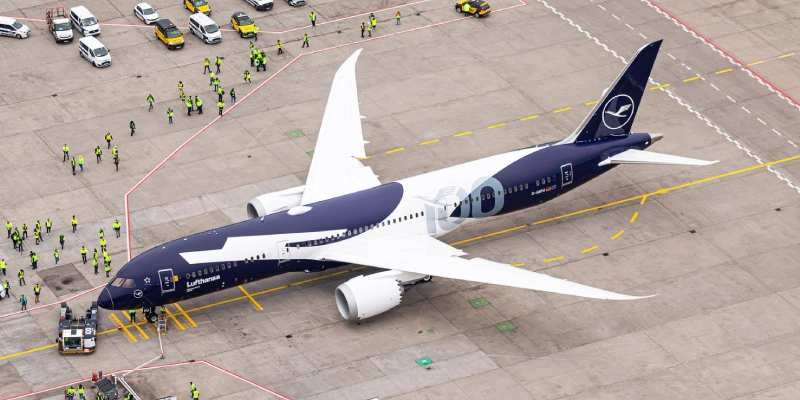Authorities at the Key West International Airport, in the extreme south of Florida (USA), indicated this Thursday their satisfaction with the success of a test with an autonomous robot that uses high-density ultraviolet (UV) technology to disinfect and combat covid-19.
See also: El Dorado, first airport in South America to receive 5 stars Covid-19.
Monroe County Airport Director Richard Strickland explained in a statement released by the Key West information office that the acquisition of the robot was intended to increase cleaning practices and protection of airport passengers in the era of the coronavirus, EFE reported.
“Passengers who travel to Key West International Airport and use its facilities should know that we have done everything possible to protect them against covid-19,” said Strickland.
See also: Aviation agencies are pushing eliminate slot rules at airports.
Airport officials purchased the ultraviolet disinfection robot from UVD Robots, a company that claims the machine is designed to eliminate 99.9% of harmful pathogens in the air and on surfaces, including covid-19.
According to a manufacturer’s representative, Key West International Airport is among the first airports in the United States to acquire one of these sophisticated units that provides non-chemical disinfection.
The robot is scheduled to begin cleaning and servicing operations at the airport on the night of December 15th.
The UV light technique has already been used for a long time as a disinfectant in laboratories, hospitals and, sometimes, in the treatment of wastewater with the purpose of killing microbes and other organisms.
The robot, with a height of slightly less than 6 feet (1.82 meters) and a weight of more than 300 pounds (136 kilos), has the ability to move through the airport autonomously once it has been programmed to travel the surface, but always under the supervision of an operator who follows the progress through a tablet.
The light emitted by the robot during the active disinfection cycle is so intense that it can only be used outside working hours, when no one is present.
And to protect people from UV exposure, a sensor turns off the light if a human presence is detected.
Airport officials said that the robot can disinfect all interior spaces in the airport in approximately two and a half hours.
However, despite the use of the robot, manual disinfection and the provision of masks for all airport staff and users will continue to be used to help mitigate the threat of covid-19.
Related Topics
Air India to Resume Direct Flights Between Delhi and Rome Starting March 2026
Ryanair Puts Over 10 Million Seats on Sale for Summer 2026
Air Europa Announces New Non-Stop Route Between Madrid and Johannesburg Starting June 2026
Lufthansa Receives Its Boeing 787-9 in Frankfurt with Special Livery for Airline’s Centennial
Líder en noticias de aviación




